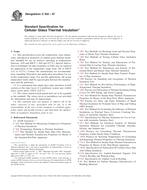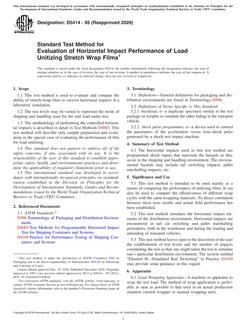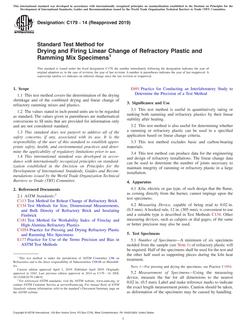1.1 This test method is used to establish the concentration of aquatic “free” cyanide in an aqueous wastewater or effluent. The test conditions of this method are used to measure free cyanide (HCN and CN–) and cyanide bound in the metal-cyanide complexes that are easily dissociated into free cyanide ions at the pH of the aquatic environment ranging from pH 6 to pH 8. The extent of HCN formation is less dependent on temperature than the pH; however, the temperature can be regulated if deemed necessary to further simulate the actual aquatic environment.
1.2 The aquatic free cyanide method is based on the same instrumentation and technology that is described in standard test method D 6888, but employs milder conditions (pH 6-8 buffer versus HCl in the reagent stream), and does not utilize ligand displacement reagents.
1.3 The aquatic free cyanide measured by this procedure should be similar to actual levels of HCN in the original aquatic environment. This in turn may give a reliable index of toxicity to aquatic organisms.
1.4 This procedure is applicable over a range of approximately 2 to 500 g/L (parts per billion) aquatic free cyanide. Sample dilution may increase cyanide recoveries depending on the cyanide speciation; therefore, it is not recommended to dilute samples. Higher concentrations can be analyzed by increasing the range of calibration standards or with a lower injection volume. In accordance with Guide E 1763 and Practice D 6512 the lower scope limit was determined to be 9 g/L for chlorinated gold leaching barren effluent water.
This standard does not purport to address all of the safety concerns, if any, associated with its use. It is the responsibility of the user of this standard to establish appropriate safety and health practices and determine the applicability of regulatory limitations prior to use. Specific hazard statements are given in Section and Section .
Product Details
- Published:
- 02/01/2006
- Number of Pages:
- 8
- File Size:
- 1 file , 120 KB


